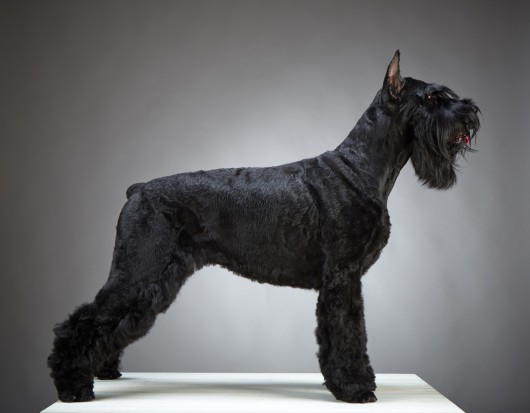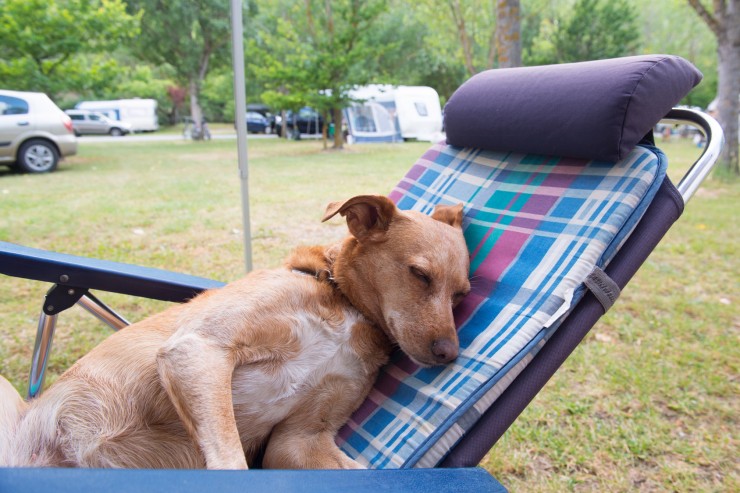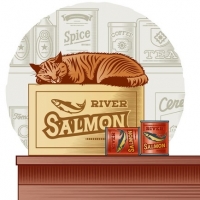
It is probably not a good idea to introduce solids into a golden program to improve type and bone. This can cause the same problems that it does in a silver program and more problems. Problems are:
• It muddies the coat color
• Spoils the eye color
• Causes more tabby markings in a color that has not yet eliminated these markings
Silvers were being bred before 1900. The goldens were not seriously bred until the 1960s.
Color is most important in the shaded or tipped cats. The pale blue color of years ago has almost disappeared from the blue Persian. A smoke is not a smoke without the dramatic color-on-top and white-underneath coat. Silvers and goldens must have the proper tipping as well as black mascara and margins with the appropriate and distinctive nose and eye color
A significant difference between chinchilla silvers and shaded silvers existed at one time. Today, some of the silvers are referred to as “neither/nors.” They are neither chinchilla silvers nor shaded silvers. There are many more silvers registered as shaded than as chinchilla. There is seldom true shaded silver with sufficient tipping to give its lovely dark mantle. Often now if silver is not snow white, or if it has a little too much shading on the body, the Persian is registered as a shaded silver, even though it does not have enough tipping to be truly shaded. Until recently, you could tell the difference between chinchilla silver and shaded silver from across the room. This is not the case today.
The eye color in silvers and goldens has always been important. The standard in eye color for silvers and goldens is specific. The standard is:
• Green or blue-green (disqualify for incorrect eye color, which is copper, yellow, gold, amber or any color other than green or blue-green
This eye color standard is often difficult for golden and silver breeders to obtain. A silver or golden with incorrect eye color can still be valuable in a breeding program, but not in the shows ring.
Silvers have variations in the amount of tipping and a white undercoat with black tipping – one shade of white and one shade of black.
The golden standard is:
• Undercoat is to be cream and the tipping black
A cream cat with black tipping and green eyes is not a true golden. The overcoat of guard hair is ticked. Each hair shaft is banded with yellow, rust and dark brown or black. Goldens and chinchillas are also characteristic of having:
• Tabby M’s on their foreheads, dark spines and dark tail tips
• It is rare to have two goldens of the same shade in the same litter
• The coat color can change until the Persian cat is five years of age or even older
• Some goldens are born with rich color
• Some take two to three years to develop a rich color
• The color of the undercoat can change with the seasons of the year to gray, muddy color at certain times of the year
There are very few goldens shown, as it is so difficult to get all things correct to the standard. Also, many goldens have been incorrectly registered and shown in the wrong color class. For example: An apricot golden has been shown as a chinchilla golden just because of its light color, not because of the appropriate amount of tipping. A darker golden color was more likely to be shown as a shaded golden just because it was dark and less attention given to the amount of tipping. Color class has been defined by the amount of tipping and not the color of the undercoat in goldens and silvers.
Many beautiful and competitive silvers were produced in the 1950s, ‘60s and ‘70s. The late 1970s brought blacks with a different look and shorter nose than some other colors. The silvers were as good as or better than the whites shown at this time. The silver breeders of the ‘70s were breeding selectively to improve and set type. It is unfortunate that this selective breeding further limited an already small gene pool.
Source: The Cat Fancier Association Online
This article is FREE to publish with the resource box.
 Avoiding Hereditary Health Problems When Breeding Pedigree Dogs
Avoiding Heredita
Avoiding Hereditary Health Problems When Breeding Pedigree Dogs
Avoiding Heredita
 10 Highly Affectionate And Social Dog Breeds
10 Highly Affecti
10 Highly Affectionate And Social Dog Breeds
10 Highly Affecti
 How To Plan A Holiday In The Uk With Your Dog In Tow
How To Plan A Hol
How To Plan A Holiday In The Uk With Your Dog In Tow
How To Plan A Hol
 Identifying The Elements That Contribute To A Puppy Growing Up To Be Aggressive
Identifying The E
Identifying The Elements That Contribute To A Puppy Growing Up To Be Aggressive
Identifying The E
 Training Cats To Stay Off Counters
Why should we cat lovers care about training cats to st
Training Cats To Stay Off Counters
Why should we cat lovers care about training cats to st
Copyright © 2005-2016 Pet Information All Rights Reserved
Contact us: www162date@outlook.com